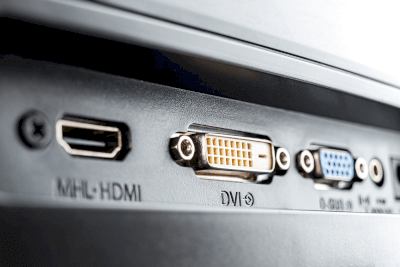What Is Lifting Equipment?
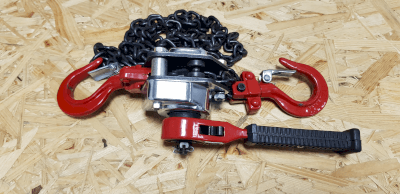 Lifting equipment refers to metal fittings designed to handle the loads required for suspending, moving, or securing goods and materials.
Lifting equipment refers to metal fittings designed to handle the loads required for suspending, moving, or securing goods and materials.
Available in various sizes and capacities, lifting equipment ranges from simple kitchen ladle hangers to complex slinging equipment used in crane operations across construction and civil engineering fields.
Specifically designed for hospital use, fixed lifting equipment, such as those used for hanging curtain rails, typically features a V-shaped design to evenly distribute the load on ceiling boards, essential in areas like hospital beds.
Uses of Lifting Equipment
Lifting equipment is found in everyday applications, including S-shaped hooks in kitchens for utensils and rags, and more specialized indoor uses like hanging hops from ceilings with eyebolts.
Materials like plastic, wire, and steel are commonly used. For heavier duties, such as in building construction sites, steel U-shaped shackles are employed to lift steel materials and transfer heavy factory materials. These shackles, available in screwed and bolted types, are vital for heavy lifting and come in various forms like hook and ring types.
Principle of Lifting Equipment
The defining feature of lifting equipment is the design of its connecting parts. U-shaped shackles, which can be screwed or bolted, are standard in the industry for their reliability in lifting heavy steel materials. Hook and ring types are other common forms.
Clap-type lifting equipment is used for horizontally suspending items like steel plates. The end loops in the hoisting wires, crucial for manual securing during slinging, make them suitable for heavy material lifting.
Fixed lifting equipment, typically installed on ceilings or top surfaces with steel or wire fittings and fixing screws, serves a crucial role in safely suspending heavy items.
Other Information on Lifting Equipment
1. What Is a Sling of Lifting Equipment?
Lifting equipment collectively referred to as slings, includes various types like nylon slings, used when the lifted object lacks a suspension ring. These nylon slings are band-shaped, attached to hooks, and wrap around the object, allowing for flexible slinging without surface damage.
Nylon slings are advantageous for their adaptability and surface protection but require careful centering of the load to prevent rotation.
2. What Is a Balance for Lifting Equipment?
Balances, a type of lifting equipment, are used for lifting columns, panels, and large construction equipment, especially when conventional slings are insufficient or the center of gravity is unstable.
They work by hanging from a crane hook, with multiple hooks from the balance itself used to lift the object. Some balances can accommodate chain blocks or wires, enabling load rotation post-lifting.
Available in various designs, balances can lift massive objects and are integral in large-scale lifting operations.
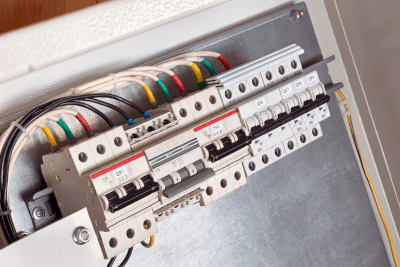 A mount plate is an essential industrial component, typically used as a foundational base for attaching various devices like
A mount plate is an essential industrial component, typically used as a foundational base for attaching various devices like 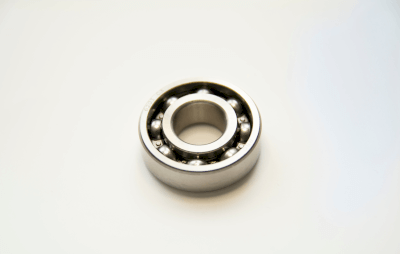
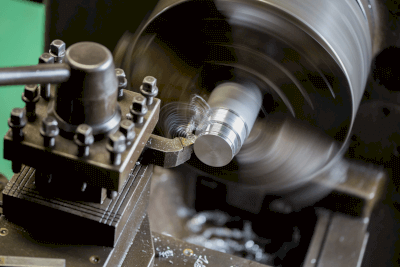 A lathe bit, or brazed bit, is a tool used in lathe turning, notable for its cutting-edge brazed to the body.
A lathe bit, or brazed bit, is a tool used in lathe turning, notable for its cutting-edge brazed to the body.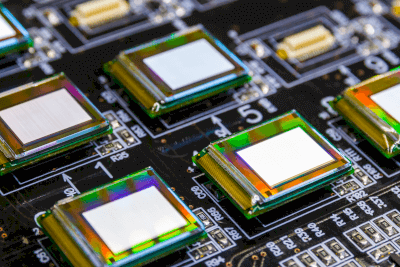
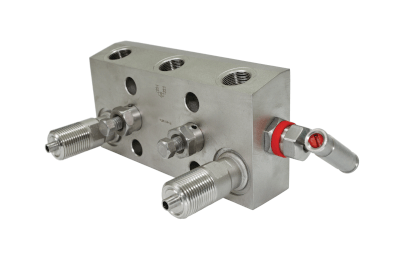 A manifold block is a metal component that houses a circuit for fluid flow.
A manifold block is a metal component that houses a circuit for fluid flow.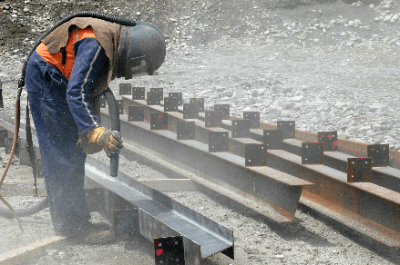 A sandblaster is a process or machine used for cleaning, finishing, and
A sandblaster is a process or machine used for cleaning, finishing, and 